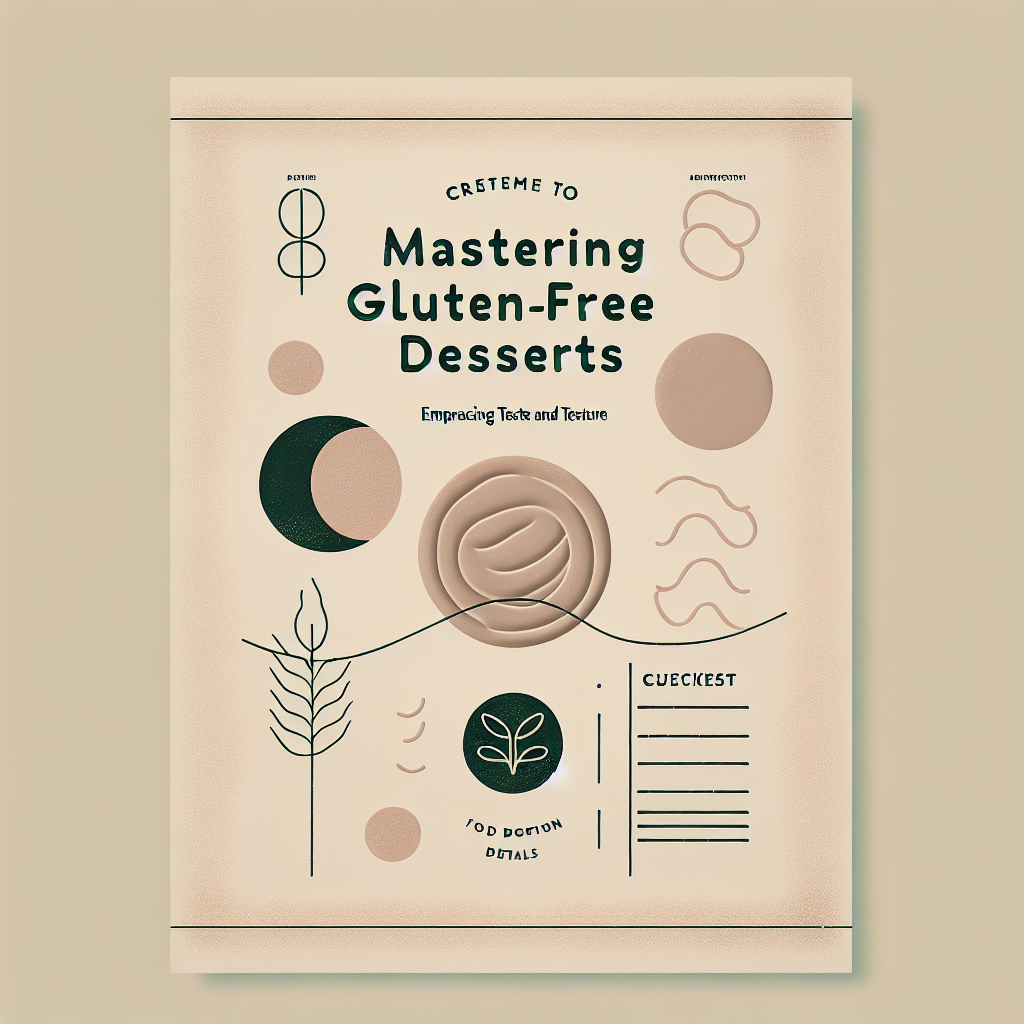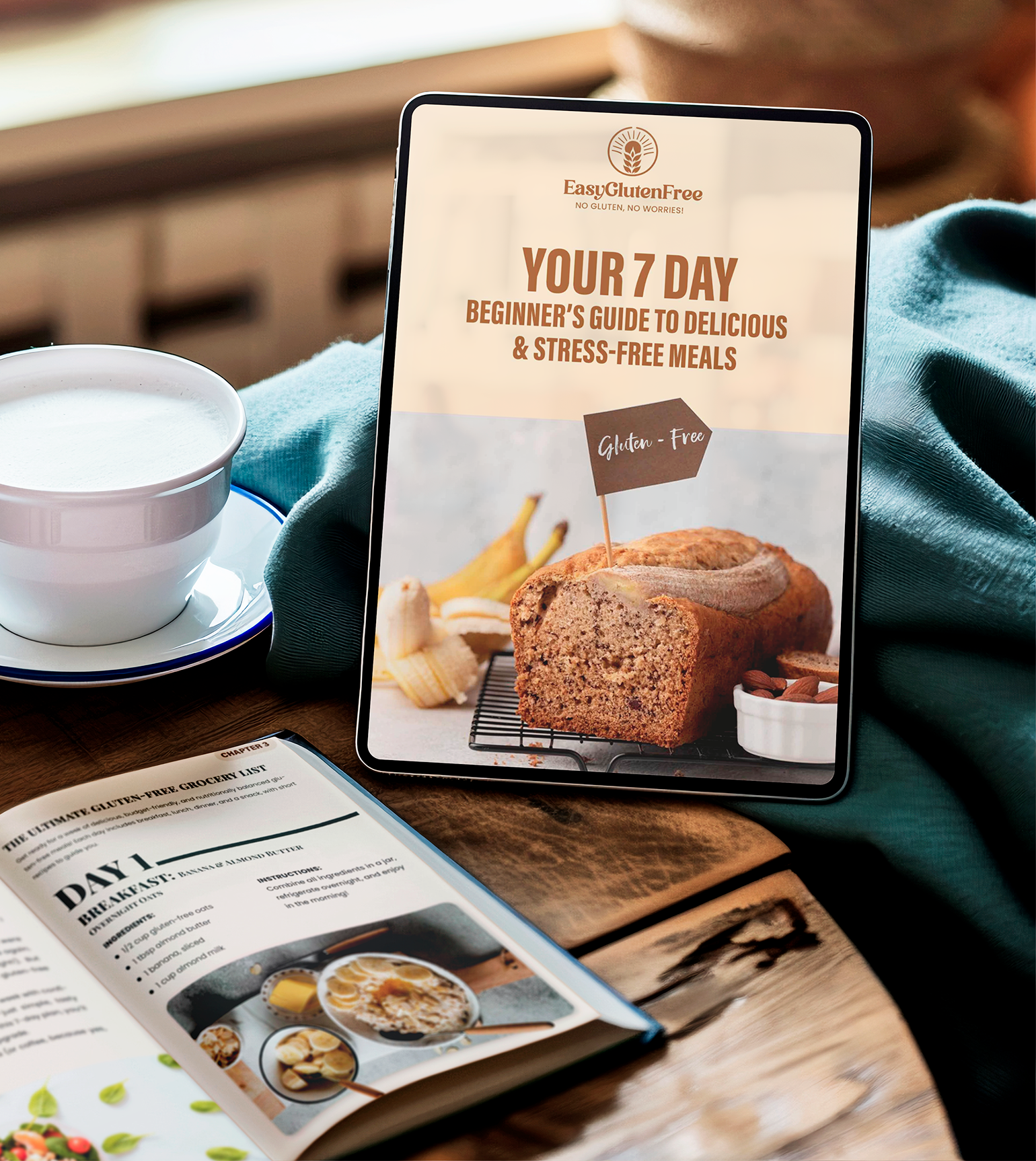While driving home from work one afternoon, you swing by your favorite bakery, eyes sparkling at the mouth-watering goodies in the glass stand. But just as you’ve almost reached for that scrumptious decadent pastry, that voice in your mind yells “Stop, remember, it’s not gluten-free!” As your hand withdraws, leaving a pang of regret that’s hard to shake off, you can’t stop wondering, “Why does gluten-free dessert taste so different than gluten-laden delights?”
I know this scene pretty well. As someone who’s been living gluten-free for over six years, I’ve faced that nostalgic craving for conventional pastries. If you too, have wondered why gluten-free desserts taste different and how you can enjoy both taste and texture while staying gluten-free, this blog is for you!
Let’s start with understanding why gluten is a game-changer in baking. Gluten, a mixture of proteins found in wheat and related grains, is responsible for the elastic texture in dough. It traps the gases released by yeast during fermentation, allowing the dough to rise and retain its shape. With gluten’s potent binding and ‘structure-giving’ ability, it’s no wonder that replacing it tends to change our dessert’s texture and flavor.
Contrary to common belief, the distinct taste in gluten-free baked goods doesn’t necessarily come from the absence of gluten. It actually often comes from the ingredients used as substitutes. Flours made from rice, buckwheat, amaranth, or quinoa don’t have the same flavor profile as wheat flour, and that difference can be quite noticeable in the final product.
We’ve previously talked about different [gluten-free flours](www.easygluten-free.com/gluten-free-flour) and their taste profiles. Remember that nutty aroma you smelled baking with almond flour? Or that mild yet distinct sweetness you tasted when you used coconut flour? That’s the evidence of their uniqueness shining through in the finished dessert.
Now, let’s address the elephant in the room – the texture. Gluten-free desserts might sometimes turn out crumbly, dry, or hard, a stark contrast from the soft and chewy texture we’re exposed to in traditional baked goods. Textural changes are common when we’re missing that mighty gluten, but there’s a workaround. By using a blend of flours, baking at a slightly lower temperature, and adding a few extra minutes to your baking time, you can achieve a soft, moist dessert that tastes heavenly.
Psst… if you’re looking for a quick guide on baking times and temperatures for gluten-free goods, you’ll find this [past post](www.easygluten-free.com/gluten-free-baking-tips) quite handy!
Now let’s talk about how to have gluten-free desserts that taste just as good (or even better!) than their gluten-full counterparts. I’ve discovered that it’s all about two things: quality ingredients and fearless experimentation.
Select the best quality, fresh gluten-free flours and starches you can find. Prefer organic whenever possible, and remember to store them well to preserve their taste. Even the sweeteners you choose can make a big difference! Try using pure maple syrup, honey, or unrefined coconut sugar instead of white processed sugar.
Encourage your taste-buds to accept different but exciting flavors. Quinoa flour brings a lovely, earthy tinge to your baked goods, adding a whole new level of sophistication. Almond and coconut flours impart a natural sweetness that can be downright addictive.
I’ve found that the secret to mastering the art of gluten-free baking is understanding that it’s not about making a replica, and it certainly doesn’t have to be a compromise. It’s about crafting a culinary masterpiece that stands tall and proud in its own light.
If you’re new to this and feel a little overwhelmed, let me reassure you, trial and error are part of the process. Embrace the learning journey. With every attempt, you’ll uncover a new tweak, a unique combination, and before you know it, you’ll find yourself falling in love with gluten-free desserts in a whole new way.
Getting into the kitchen and trying out new recipes is a rewarding and tasty learning experience. So be bold. Be intrepid. Let your creativity unleash itself on those gluten-free mixes and watch as each texture and flavor unfolds into your new favorite sweet delight.
And as you prepare to sway to the rhythm of gluten-free baking, remember, we’re all in this together. You always have a community here at Easy Gluten Free, ever-ready to lend an ear, share a tip, or even swap a story. So, thumb through your recipe book, preheat the oven, put on your apron and let’s bake!
Remember, gluten-free is not a tasteless curse. With just a little bit of creativity, variety, and open-mindedness, it can lead you to an astounding world of epicurean delights you hadn’t imagined before.
So next time you pass that bakery and feel a slight tug, remember you have all the resources to create your own version, right at home. And who knows, your gluten-free version might even turn out to be more delightfully appetizing than the original! Let’s show the world that gluten-free can be taste-full too!
**Category: Baking & Cooking Science**



